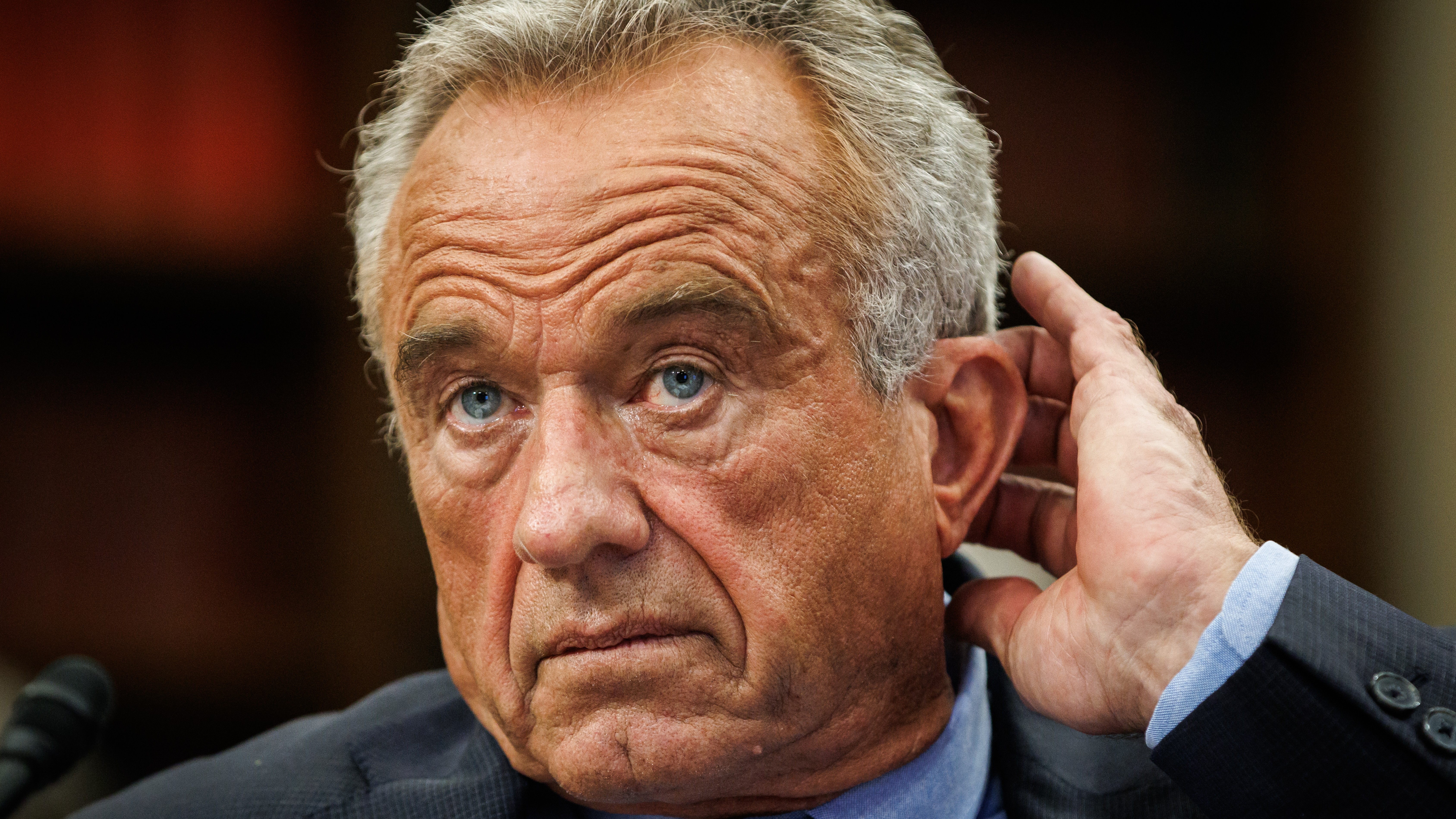High-ranking federal officials have suggested that bird flu virus should be left to “rip” through poultry farms across the U.S. — but experts warn that this hands-off approach could hasten the beginning of a new pandemic
Robert F. Kennedy Jr., the secretary of Health and Human Services, and Brooke Rollins, secretary of Agriculture, have floated the notion that instead of culling birds infected with the highly pathogenic H5N1 virus, farmers should let it spread through flocks. The idea is that by doing this, farmers can “identify the birds, and preserve the birds, that are immune to it,” Kennedy told Fox News on March 11.
Now, a perspective piece authored by a group of virologists, veterinarians and health security experts argues that the plan would not only be ineffective, but could also increase the risk of the virus spilling over into humans and sparking a new pandemic. The researchers published their arguments July 3 in the journal Science.
“Essentially, the longer you allow a virus that has shown to be effective in infecting multiple hosts survive in an environment, the greater the chance you give it to spread, to mutate, and to try its luck at adaptation,” perspective first-author Erin Sorrell, a virologist at the Johns Hopkins Center for Health Security, told Live Science. “Worse case scenario, the virus adapts and expands its host range to become transmissible in humans … Now we have a pandemic.”
Bird flu in the U.S.
H5N1 is a subtype of highly pathogenic avian influenza (HPAI), a type of bird flu that can cause severe disease and death in poultry and other birds. Since the virus began spreading widely among U.S. birds in January 2022, the Centers for Disease Control and Prevention (CDC) has reported that more than 174 million birds across all 50 states have been infected with the disease. The virus’s transmission among wild aquatic birds, commercial poultry and backyard, hobbyist flocks, has led to massive culls in farms and sent egg prices skyrocketing.
The virus typically transmits among wild birds and poultry, but it’s known to have also infected more than 48 mammal species, including foxes, skunks, raccoons, seals and polar bears. It has also spread to dairy cattle, causing outbreaks in more than 1,000 herds across 17 U.S. states, according to current estimates.
Related: How to avoid bird flu
Isolated human cases have been reported amid the ongoing outbreak in animals, primarily among farm workers, according to the CDC, although the agency states that the current health risk to the general public remains low. This is because, while the disease can spread among different animals, it currently can’t be passed from human to human.
Federal plans
Rollins recently issued updates about the U.S. government’s plan to combat the infection’s spread and lower egg prices. The five-pronged strategy denotes $500 million to improve farm biosecurity, $400 million in financial aid to farmers and $100 million for vaccine research. The government is also exploring ways to slash regulations and increase temporary import options for eggs.
Current regulations state that when infections are detected among commercial poultry, farmers must cull the affected flocks to contain the disease’s spread, for which they are financially compensated by the U.S. Department of Agriculture (USDA).
Yet suggestions made by officials for more radical ways to manage bird flu have left experts concerned. In May, Kennedy and Dr. Mehmet Oz, the administrator for the U.S. Centers for Medicare and Medicaid Services, voiced their support for the owners of a Canadian ostrich farm whose 398 birds faced a cull following confirmed cases of H5N1 bird flu in December 2024 and January this year.
“We believe significant scientific knowledge may be garnered from following the ostriches in a controlled environment,” Kennedy wrote in a letter posted to the social platform X and addressed to the head of the Canadian Food Inspection Agency, which had ordered the cull. Kennedy suggested that the ostriches may have already acquired some “downstream immunity” to the virus, and Oz offered to relocate the birds to his Florida ranch for further study.
Sorrel told Live Science that these statements imply “there is still an expectation that those in the Trump administration, at least on the human health side, believe this approach has merit.”
But Sorrel and her report collaborators disagree.
Allowing widespread infection of commercial flocks would kill billions of birds, drive poultry and egg prices up, as well as destabilize local economies and global trade through import restrictions imposed on U.S. products, the authors wrote. Simultaneously, it could also foster reservoirs of H5N1, increasing the virus’ odds of making the leap to humans — and gaining the ability for human-to-human infection.
“Rapid culling of [H5N1] positive flocks is central to containment of the virus on a farm,” Sorrel said. “Poultry infected with H5 shed a tremendous amount of virus. If effective controls designed to mitigate the quantity of viral shedding and known transmission pathways are removed, the exposure risk for other animals and humans on site and on neighboring farms will increase, and the opportunity for H5 to evolve to be a more effective poultry pathogen increases.”
Kennedy’s proposal is also very unlikely to work the way he’s claimed it would — the birds that provide eggs and meat on farms are descendants of separate breeding populations and do not breed themselves. So even if there were a population of resilient birds that survived H5N1 infection, that doesn’t mean they’re passing on their genetic traits to a subsequent generation.
What’s more, the mortality rate of H5N1 is extremely high among common poultry, reaching 100% in domestic chickens.
What experts propose
Instead of letting bird flu tear through farms, the scientists propose that government agencies should enhance surveillance of the virus’ spread, along with improving data sharing and outbreak response measures shared between poultry producers, industry members and veterinarians. The USDA should not work alone on these measures, Sorrel said, as “interdisciplinary teams need to have the authority and means by which to activate at the state and federal levels.”
Other experts agree with the team’s suggestions, although they highlighted areas that need further discussion. Dr. Rocio Crespo, a poultry veterinarian at the North Carolina State University College of Veterinary Medicine, told Live Science that further details on potential vaccine strategies and biosecurity at farms should be explored.
But the USDA is now facing billions of dollars in federal funding cuts, and Crespo says that providing economic support to farmers facing outbreaks — alongside making investments to understand bird flu evolution, preventive measures and control methods — could become increasingly difficult.
“The current policies on poultry farms are effective at preventing spread to other farms,” Crespo told Live Science. “However, the USDA’s approach does not consider spill over and influences from other crop or animal agricultural activities.”
“It appears we are continuing with the same strategies without sufficient improvement,” she added. “Greater transparency and collaboration is crucial.”
This article is for informational purposes only and is not meant to offer medical advice.













